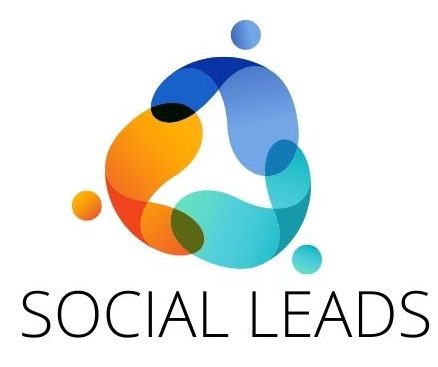In recent years, the evolution of technology has led to innovative applications in the realm of image and video manipulation. One of the most captivating advancements in this field is face swap online technology. This fascinating tool enables users to interchange faces in photographs and videos seamlessly, creating engaging content that has garnered immense popularity across social media platforms. The growing accessibility of face swap technology is not just a trend; it represents a significant shift in how we interact with digital media.
Understanding Face Swap Technology
At its core, face swap technology employs sophisticated algorithms and machine learning techniques to identify and replace faces in images and videos. These algorithms analyze facial features, expressions, and movements to ensure a realistic and coherent swap. Users can simply upload their images or videos to an online platform, and the software processes the content in real time, resulting in a transformed visual that can elicit laughter, surprise, or even artistic appreciation.
The technology is primarily powered by deep learning techniques, particularly convolutional neural networks (CNNs). These networks are designed to recognize patterns and features in images, allowing them to understand the nuances of human faces. As a result, the output is not only visually striking but also retains the expressions and emotions of the original image, enhancing the overall user experience.
Applications of Face Swap Technology
Face swap technology has found its way into various domains, from entertainment to education and even marketing. In the entertainment industry, it has become a popular tool for creating humorous content, often shared widely on social media platforms. Users can switch faces with celebrities, friends, or even fictional characters, leading to a light-hearted and engaging way to connect with others.
In education, face swap technology can be utilized to create interactive learning experiences. For example, teachers can create engaging educational videos that incorporate the faces of their students, making lessons more relatable and fun. This personalized approach can enhance student engagement and retention of information.
Moreover, in marketing, brands can leverage face swap technology to create unique advertising campaigns. By allowing users to interact with their brand in a fun and personalized way, companies can foster a deeper connection with their audience. Campaigns that involve face swapping often go viral, generating significant brand awareness and consumer interest.
Ethical Considerations
While the benefits of face swap technology are numerous, it is essential to address the ethical implications associated with its use. Concerns surrounding privacy, consent, and the potential for misuse have emerged. For instance, the technology can be employed to create misleading content, often referred to as “deepfakes,” which can lead to misinformation and erosion of trust.
To mitigate these risks, it is crucial for developers and users alike to prioritize ethical practices. This includes obtaining consent from individuals before using their images and being transparent about the nature of altered content. Educating users about the potential consequences of face swapping can also foster responsible use of this technology.
Conclusion
Face swap technology has undoubtedly transformed the way we interact with digital content, offering a blend of creativity, humor, and engagement. As this technology continues to evolve, it holds immense potential for various industries. However, with great power comes great responsibility. By embracing ethical practices and fostering a culture of consent, we can enjoy the benefits of face swap technology while safeguarding against its potential pitfalls. As we look to the future, the creative possibilities are limitless, paving the way for a new era of digital interaction.
